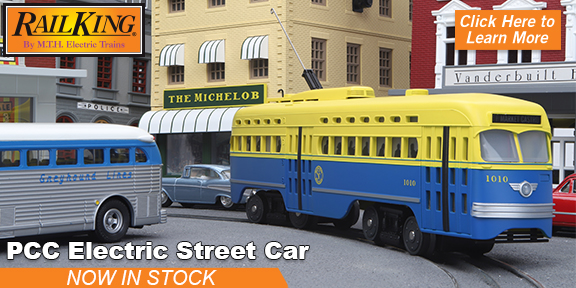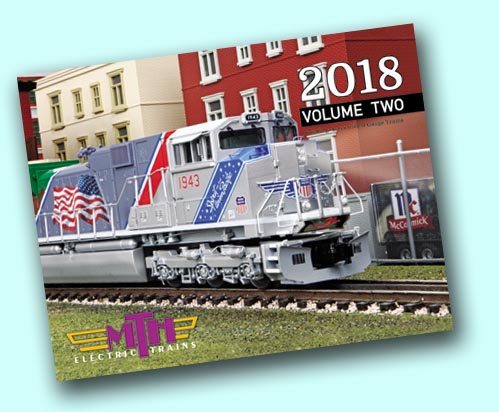 |
|||||||
|
|||||||

As the United States entered the Great Depression in 1929, the nation's trolley systems were already in a depression of their own. Ridership was plummeting as automobiles and an improving road system stole droves of passengers away from the rails. And those passengers who still chose to ride the streetcars were not having a great experience. Of the 74,000 trolleys they rode every day, fully 54,000 were worn out or obsolete. In an attempt to save the flagging urban transit business, a group of executives formed the Electric Railway Presidents Conference Committee, or ERPCC. Composed of 28 transit and interurban railways and 26 manufacturers, the ERPCC's mission was to come up with a car that would save the industry. In early 1930, the Committee hired Dr. Clarence F. Hirshfeld, head of research for Detroit Edison, as its chief engineer and began to use the Brooklyn & Queens Transit Corp. as its test lab. By February 1935 the designs for the new car were complete. The PCC car, which took its name from the Committee, addressed two key issues: comfort and style. A control system developed by GE and Westinghouse gave the PCC smooth, rapid acceleration, compared with the jerky ride of the old streetcars. Hirschfeld's team also developed new truck and wheel designs that absorbed vibrations and bumps in the track. Heating, ventilation, and braking were also much improved over older cars. And these patented innovations were enclosed in a body design that looked decades newer than anything else on municipal rails - and was adaptable to various configurations to suit the needs of different cities. Ultimately, neither the PCC nor any other trolley could prevent the automobile from dominating public transportation in America. But the PCC design proved successful enough - and rugged enough - to operate as long as half a century in some locations. PCCs are still working today in a number of cities, including San Francisco, where the F-Market line operates a historic fleet decorated for many of the cities that originally ran these cars. Proto-Sound 3.0 technology makes RailKing trolleys unique and incredibly fun to operate. Throttle down as low as 3 scale miles per hour and the PCC will maintain its speed regardless of curves or grades. Hear the operator announce authentic station stops in a proper regional dialect. For hands-off operation, create a trolley route with up to six automatic stops to pick up and drop off passengers. |
2018 Volume 2 CatalogClick HERE to see it online. It's Easy To Add WiFi To Your DCS LayoutCheck Out The Quick Start VideoClick HERE To Learn More About DCS and WiFi Control |
||||||
| Follow Us On | |||||||
| © 2018 M.T.H. Electric Trains 7020 Columbia Gateway Drive, Columbia, MD 21046 (410)381-2580 |
|||||||




